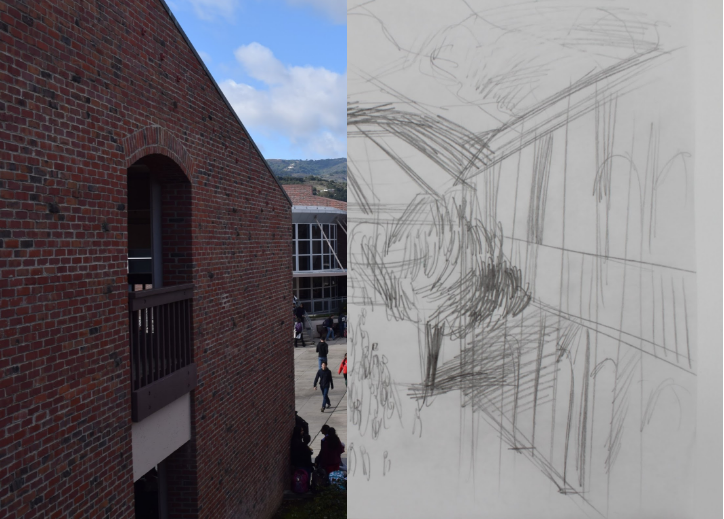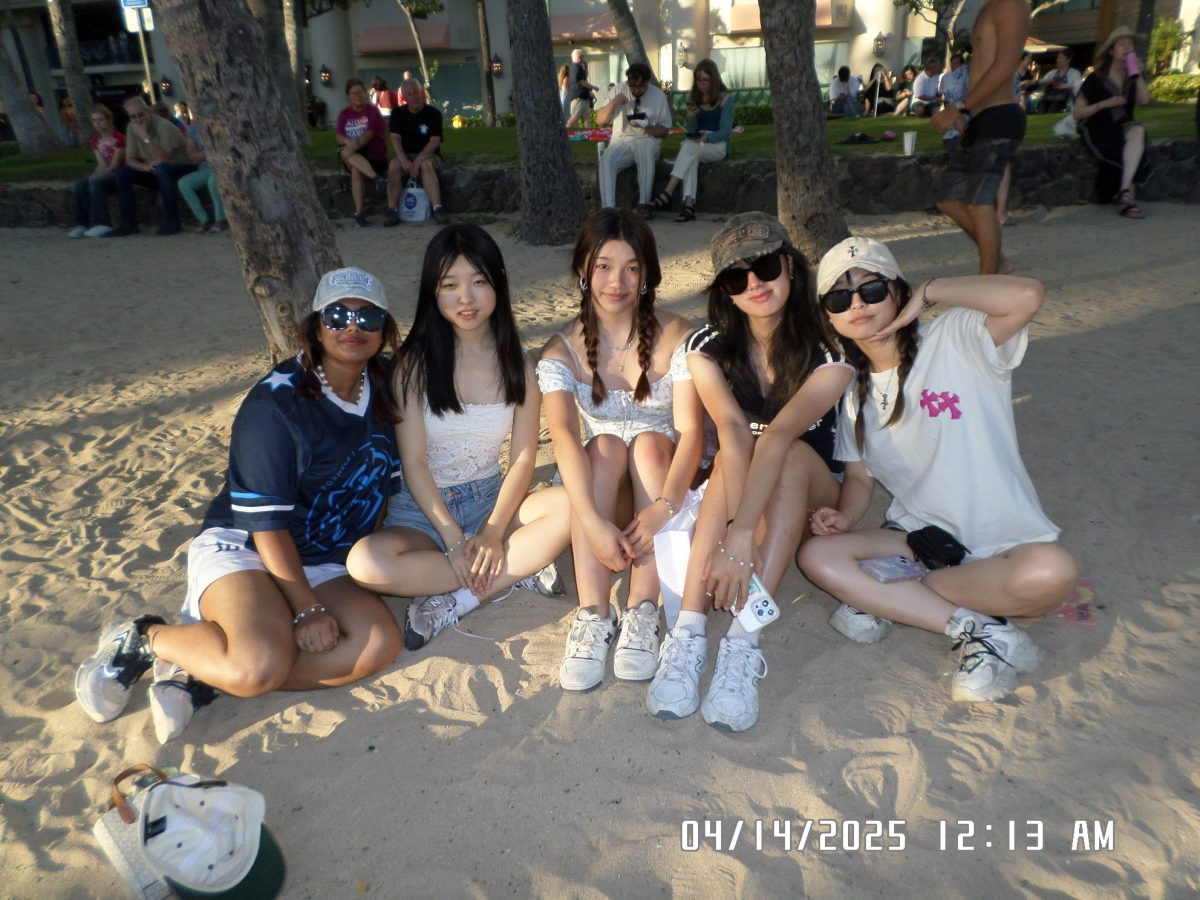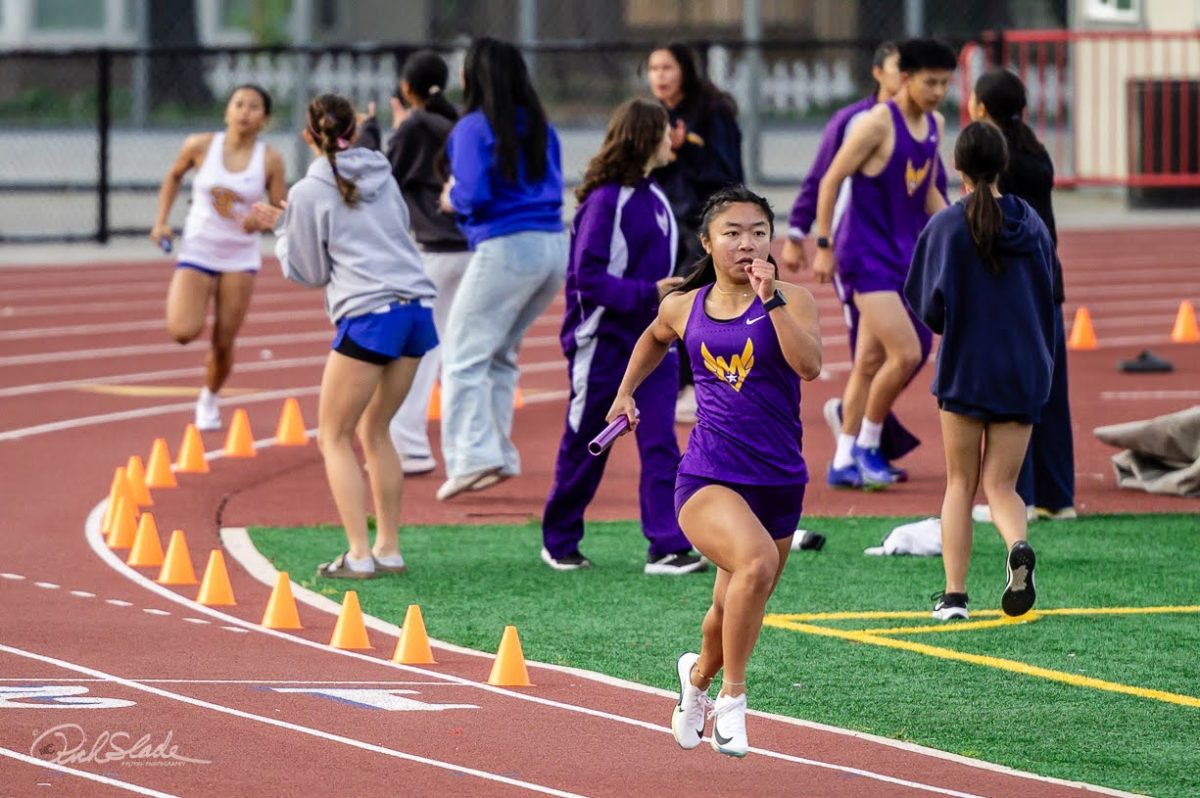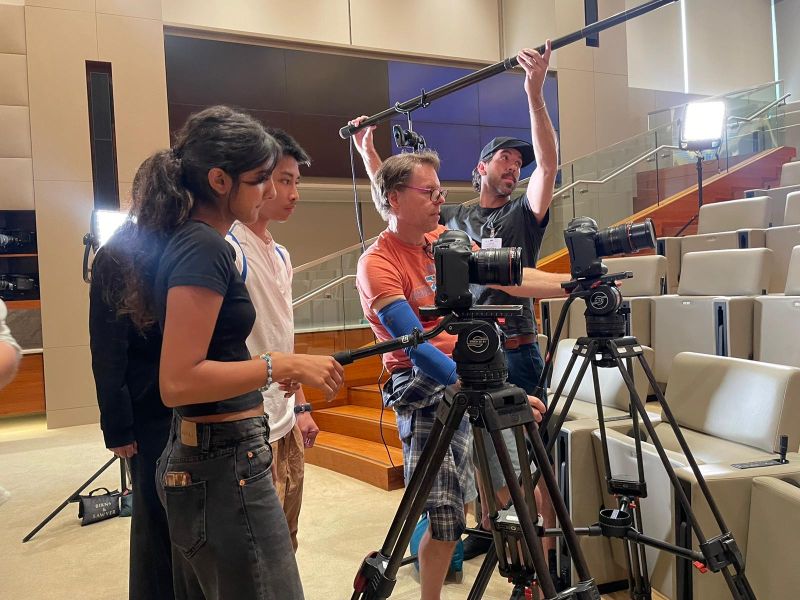emory is an important aspect of our daily lives. It can help people cram for an exam, study for a foreign language or learn their favorite song’s lyrics. Its strength and flexibility can vary by great lengths from individual to individual, and thus has the potential to set others apart from their peers.
To see how effective visual encoding ― the process of remembering visual images ― is in the process of memorization, three students were asked to absorb an image’s elements for three minutes and then draw the image from memory.
Eyes narrowed, each student focused on their respective images on the laptop screen. Three minutes of intent staring passed before the laptop was taken away. Senior Michelle Chang, freshman Audrey Lai and senior Andrew Chang were then given as much time as they needed to draw the image they had just tried to memorize.
As time was called, Michelle put down her lunch tray, looked up at the sky for a few seconds, and swallowed her last bite of food.
Memories are formed in three simple steps: encoding, storage and retrieval. Encoding is putting information into the brain, storage is saving the information and retrieval is recalling the information.
Most people are only able to keep about seven items in their memory at a time and only for a few seconds — this is called short-term memory. People are born with different capacities to learn, remember and recall materials. However, memory can be improved with a variety of different techniques, which includes purposeful repetition and learning by taking in small chunks of information at a time. By utilizing these techniques, short-term memories can become long-term ones.
Lai smoothed out the paper and carefully began to sketch the fence that enclosed the staff parking lot.
When memories are first formed, the hippocampus, the part of the brain that is most commonly associated with memory, forms the information into a single memory. Over time, the hippocampus connects the memory with other areas of the brain, causing the memory to grow stronger, becoming permanent. The memory is no longer confined to the hippocampus.
Different techniques work for different individuals. For eidetikers, people who have stronger photographic memory skills, looking at a picture and learning the content by visual means is the best way. For them, learning visually tends to create memories that last longer than learning through auditorily. Visually encoding has been proven to be more effective than other forms of sensory encoding.They complained. They stressed. They made sarcastic comments about what they were doing. But when the three minutes were up and they were put to the test, the comments stopped coming as they dug through their memory for details about the image.
Before picking up his pencil, Chang threw one last glance at the image on the laptop screen, trying to pick up any last details.
Co-reported by Tyler Lin.








